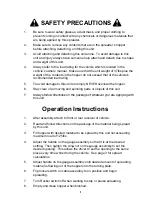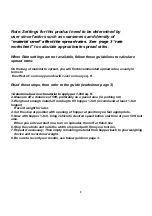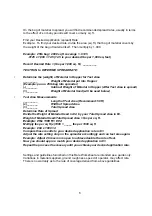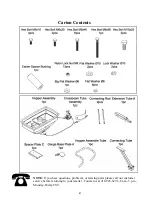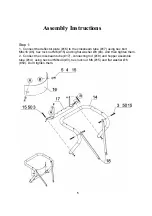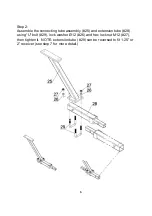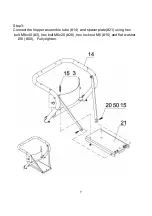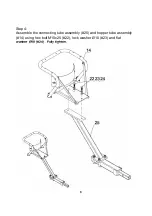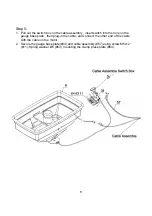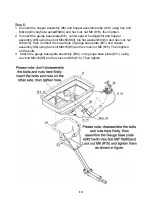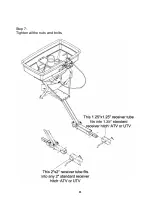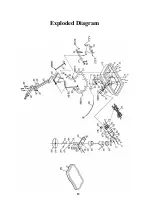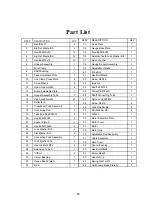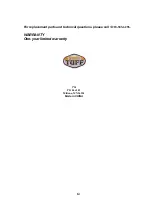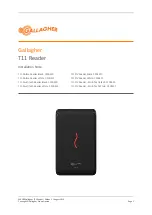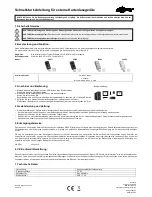
On the bag of material to spread, you will find recommended spread rates, usually in terms
to the effect of: so many pounds will cover so many sq. ft.
Find your Desired Application (spread) Rate
Example: To find your desired rate, divide the area (sq. ft.) that bag of material covers by
the weight of the bag of material itself. Then multiply by 1,000.
Example: 25lb bag / 2000 sq ft coverage = .0125
.0125 x 1,000 = 12.5 (12.5 is your desired lbs per 1,000 sq. feet)
Record Desired Rate = (lbs per 1,000 sq. ft.) _________
TEST RUN to DETERIME SPREAD RATE:
•
Determine lbs (weight) of Material in Hopper for Test Area
_________
Weight of Material put into Hopper
(Example: pour a 25lb bag into spreader)
(-)_______
Subtract Weight of Material in Hopper (After Test Area is spread)
(=)_______
Weight of Material Used (will be used below)
•
Test Area Measurements
_________
Length of Test Area (Recommend: 50 ft)
(x)_______ Width
of
Spread
Area
(=)_______ Total
Spread
Area
Determine Rate of Spread
Divide the Weight of Material Used in #2, by your Total Spread Area in #3.
Weight of Material Used/Total Spread Area = lbs per sq. ft.
Example: 2 lbs / 500 ft = 004
Example: 2 lbs / 500 ft = .004
Multiply lbs per sq ft (x)1000 = _____ lbs per 1000 sq ft
Example: .004 x 1000 = 4
Compare these results to your desired application rate in #1.
Adjust the rate setting stop on the spreader accordingly and run test area again.
Example: Adjust 2 times more open to achieve double the rate of test.
Now you should approx. match your desired application in #1.
Repeat the process if necessary until you achieve your desired application rate.
Settings and guidelines furnished on this Rate Worksheet are intended as a guide only.
Variations in materials applied, ground roughness, speed of operator, may affect rate.
There is no warranty as to the rate of coverage derived from above guidelines.
3


